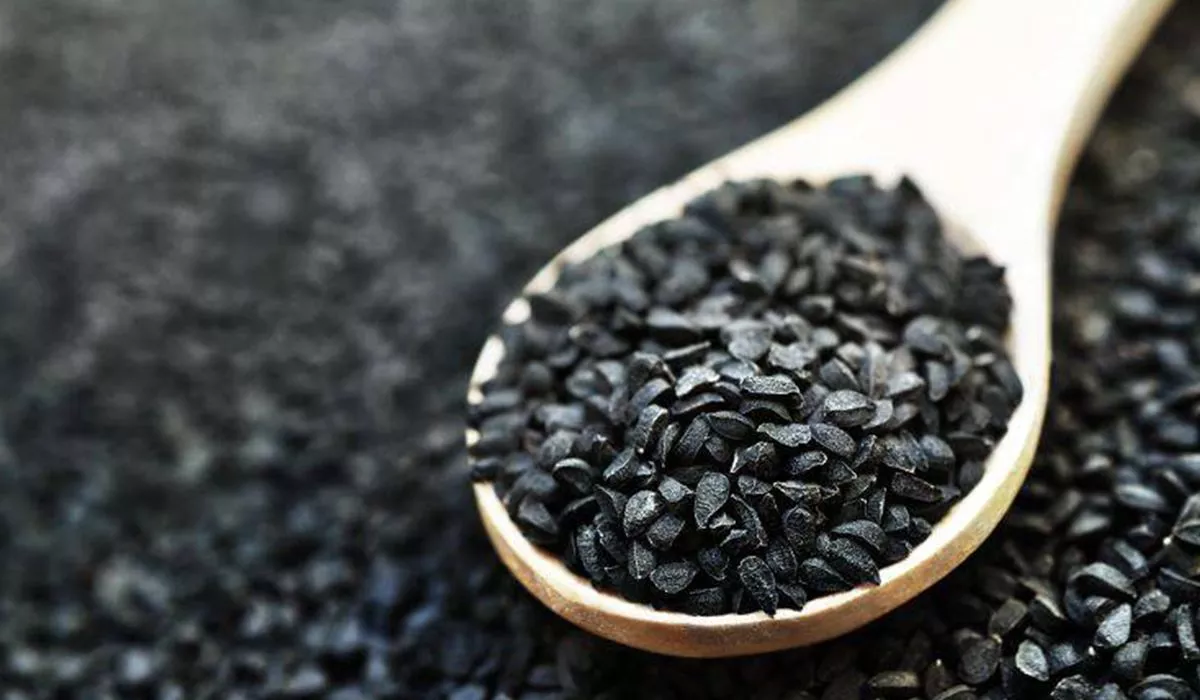
Physicochemical properties and stability of black cumin seed oil as affected by different extraction methods.
Black cumin (Nigella sativa) is a spice native to Mediterranean region. The used part of plant is the seeds which is utilized worldwide for edible and medicinal applications (Ramadan, 2007, Cemek et al., 2008). Seeds are added to some food products such as paste, pastry, cheese, pickles and bakery products for flavoring (D’Antuono et al., 2002, Cheikh-Rouhou et al., 2007). N. sativa seed components have been used to prepare functional cosmetic and dietary supplemental products. Studies were conducted on pharmacological properties of N. sativa essential, fixed and cold-pressed oil (Ramadan, 2007, Lutterodt et al., 2010). Black cumin fixed seed oil (BCO) is rich in essential fatty acids as well as bioactive sterols and tocols (Ramadan and Mörsel, 2002, Ramadan, 2013, Piras et al., 2013).
The need for widely usable and easily available bioactive lipids and natural antioxidants continues to grow. Methods used for oil extraction may alter minor constituents that have functional properties and contribute to oxidation stability (OS). N. sativa oil has been usually produced by conventional solvent extraction (D’Antuono et al., 2002, Ramadan and Mörsel, 2002). However, cold pressing was used to keep away hazardous of solvent extraction (Ramadan, 2013). Over the last few years, increased interest in cold-pressed oils has been observed as these oils have high nutritive properties. The cold pressing procedure is becoming an interesting substitute for conventional practices because of consumers’ desire for natural and safe food products (Parry et al., 2006, Lutterodt et al., 2010). Cold pressing is a technology which involves no heat or chemical treatments during oil extraction. Cold pressing also involves no refining and may contain a high level of lipophilic phytochemicals including natural antioxidants.
Microwave-assisted extraction (MAE) is a new extraction technology used for the extraction of nutraceuticals, which is based on combination of microwave and conventional solvent extraction. This technique which is used in extraction of essential oil has many advantages such as short time, less solvent usage and higher extraction yield (Wang and Weller, 2006, Zigoneanu et al., 2008).
Liu et al. (2013) isolated volatile compounds from black cumin seeds using MAE. The main compounds emitted were thymoquinone (38.23%), p-cymene (28.61%), 4-isopropyl-9-methoxy-1-methyl-1-cyclohexene (5.74%), longifolene (5.33%), α-thujene (3.88) and carvacol (2.31%). Atta (2003) used two methods (Soxhlet and cold pressing) methods to extract oil from N. sativa seeds. Both methods affected the oil quality such as melting point, specific gravity, refractive index, color, free fatty acids, peroxide value (PV), iodine value, saponification number, lipid classes, fatty acid profile and sterol composition. Research on BCO extracted using conventional solvent methods (Cheikh-Rouhou et al., 2007, Ramadan and Mörsel, 2007) and cold pressing (Ramadan et al., 2012, Ramadan, 2013) studied physicochemical properties, antiradical power (AP) and OS of oil. To the best of our knowledge, there is no information about MAE-extracted BCO in the literature. Thus, the aim of this study was to compare the effects of three different extraction methods used to recover BCO on some physicochemical properties, AP and OS of BCO.

